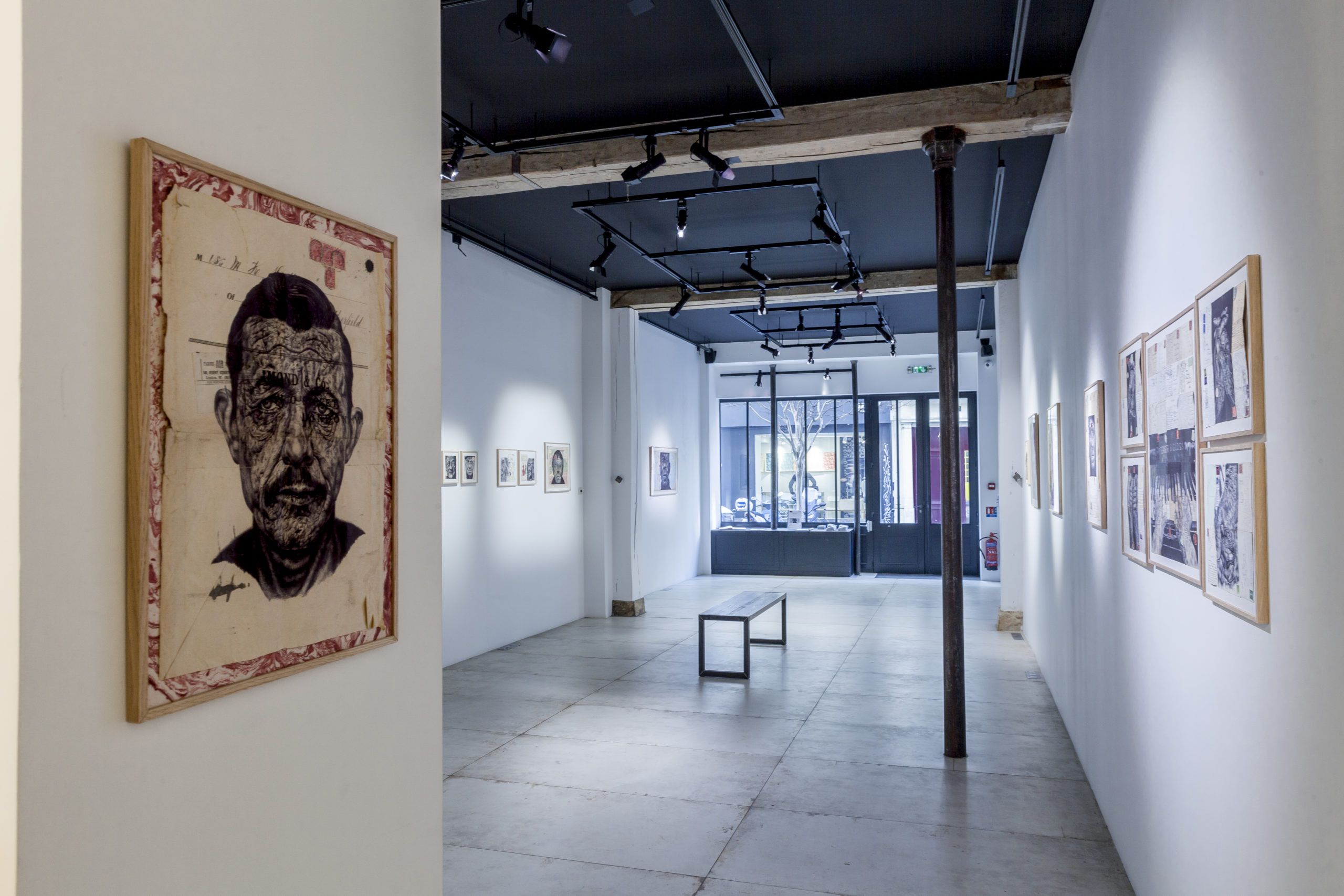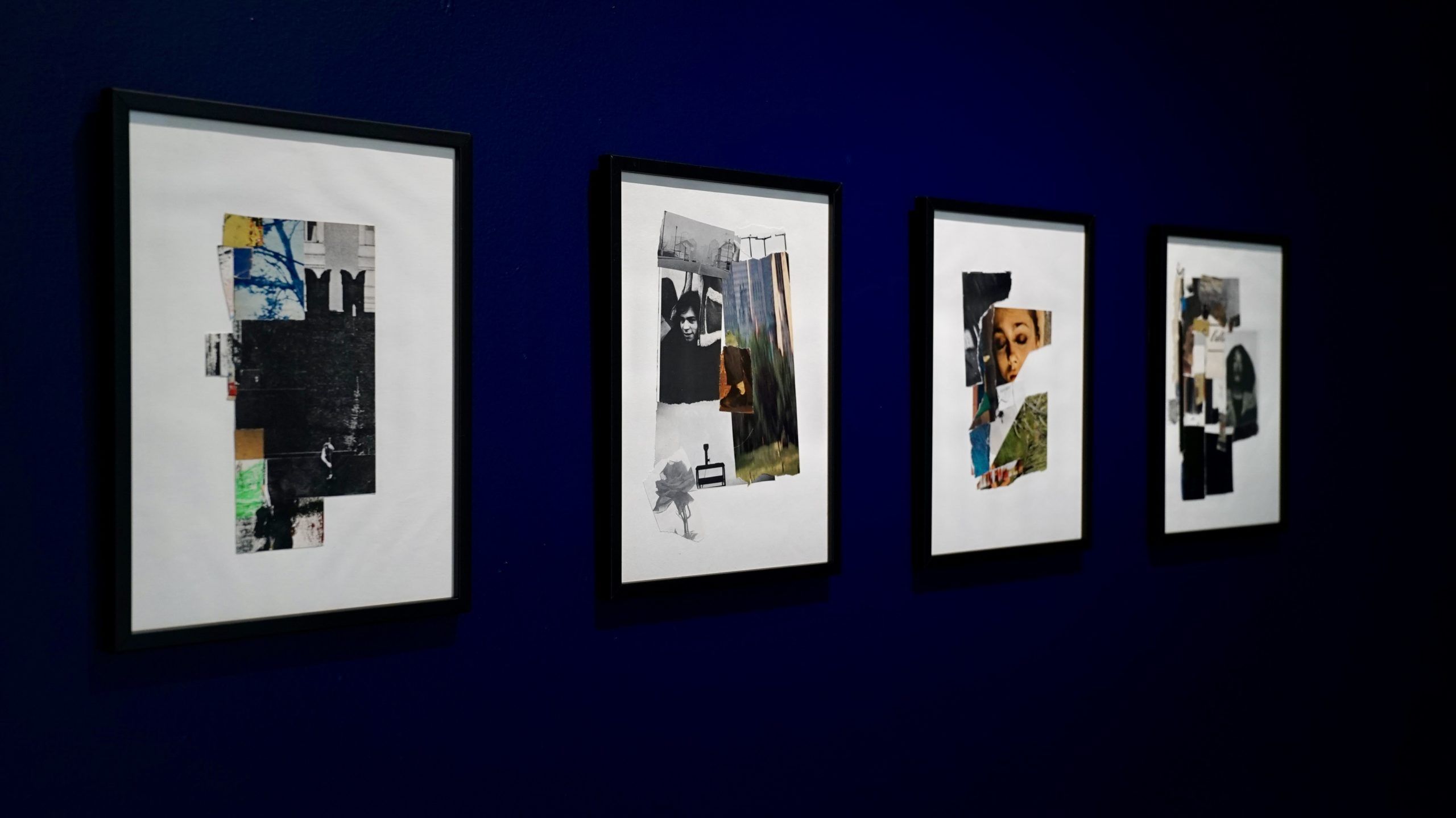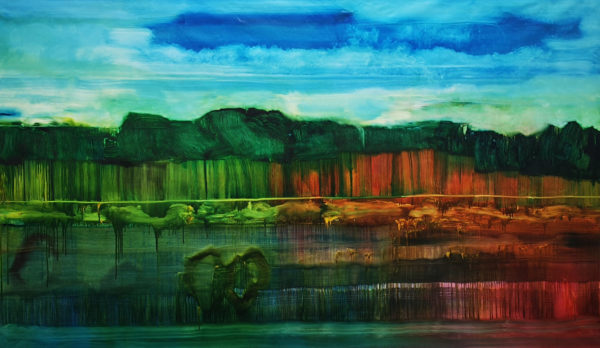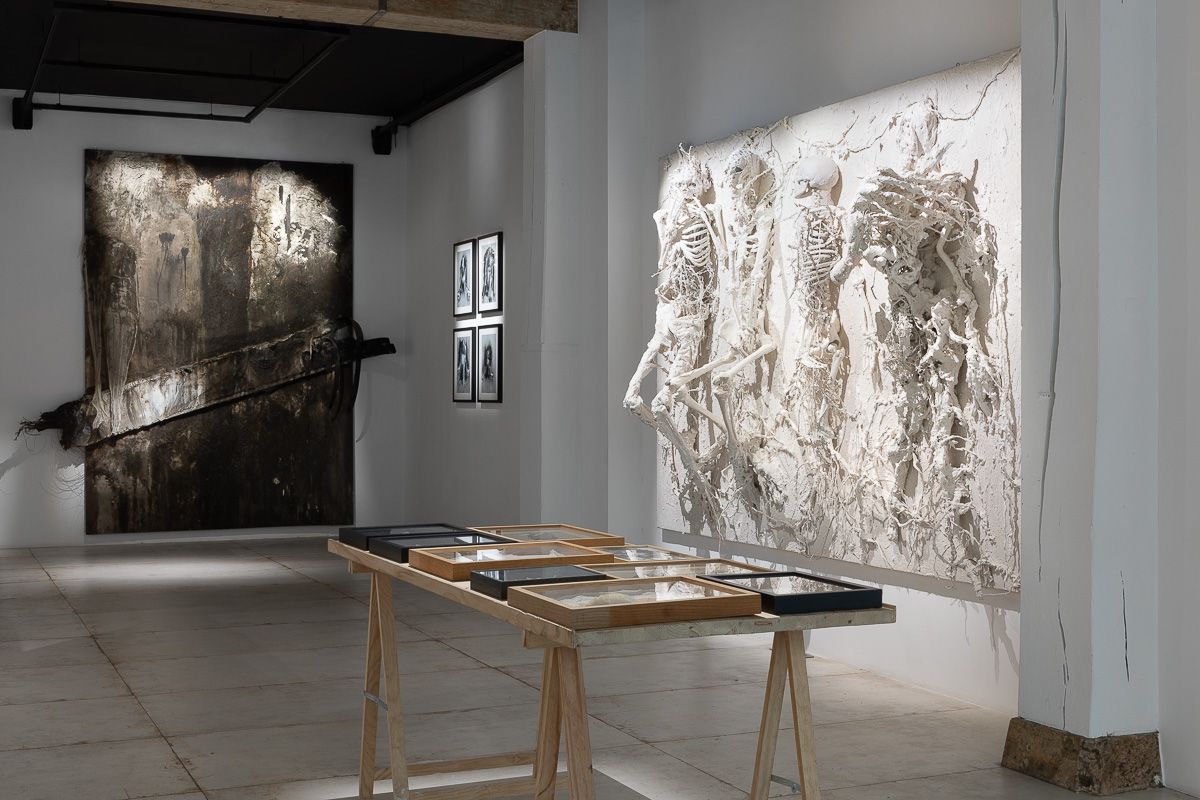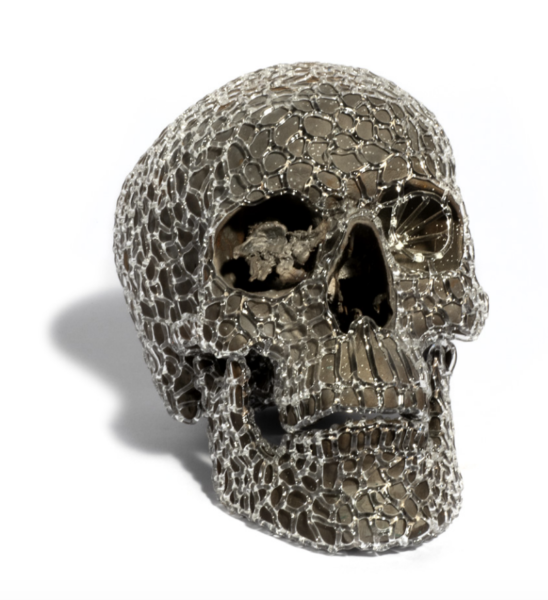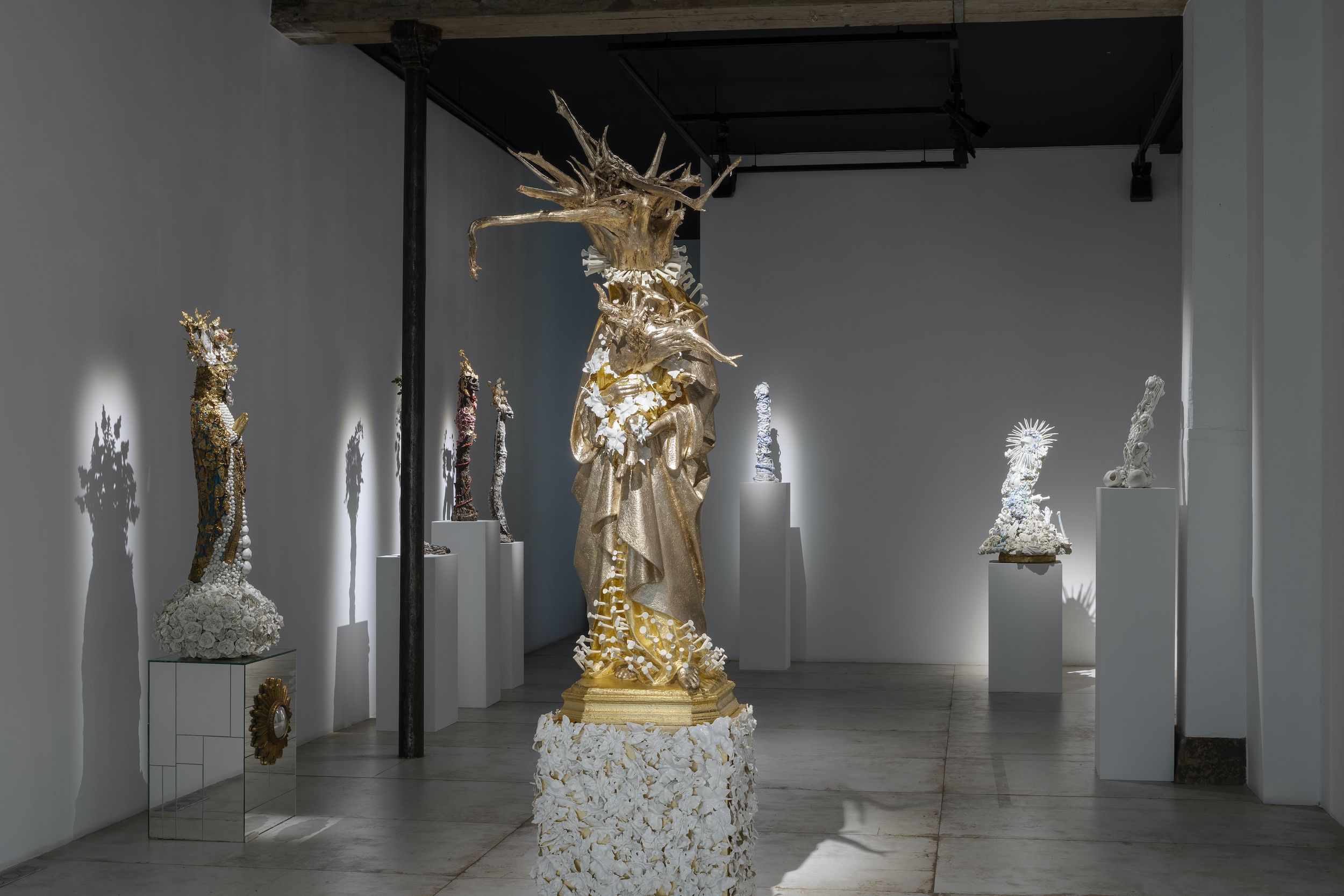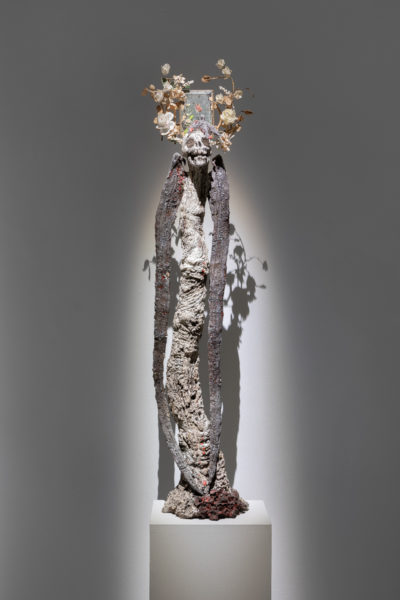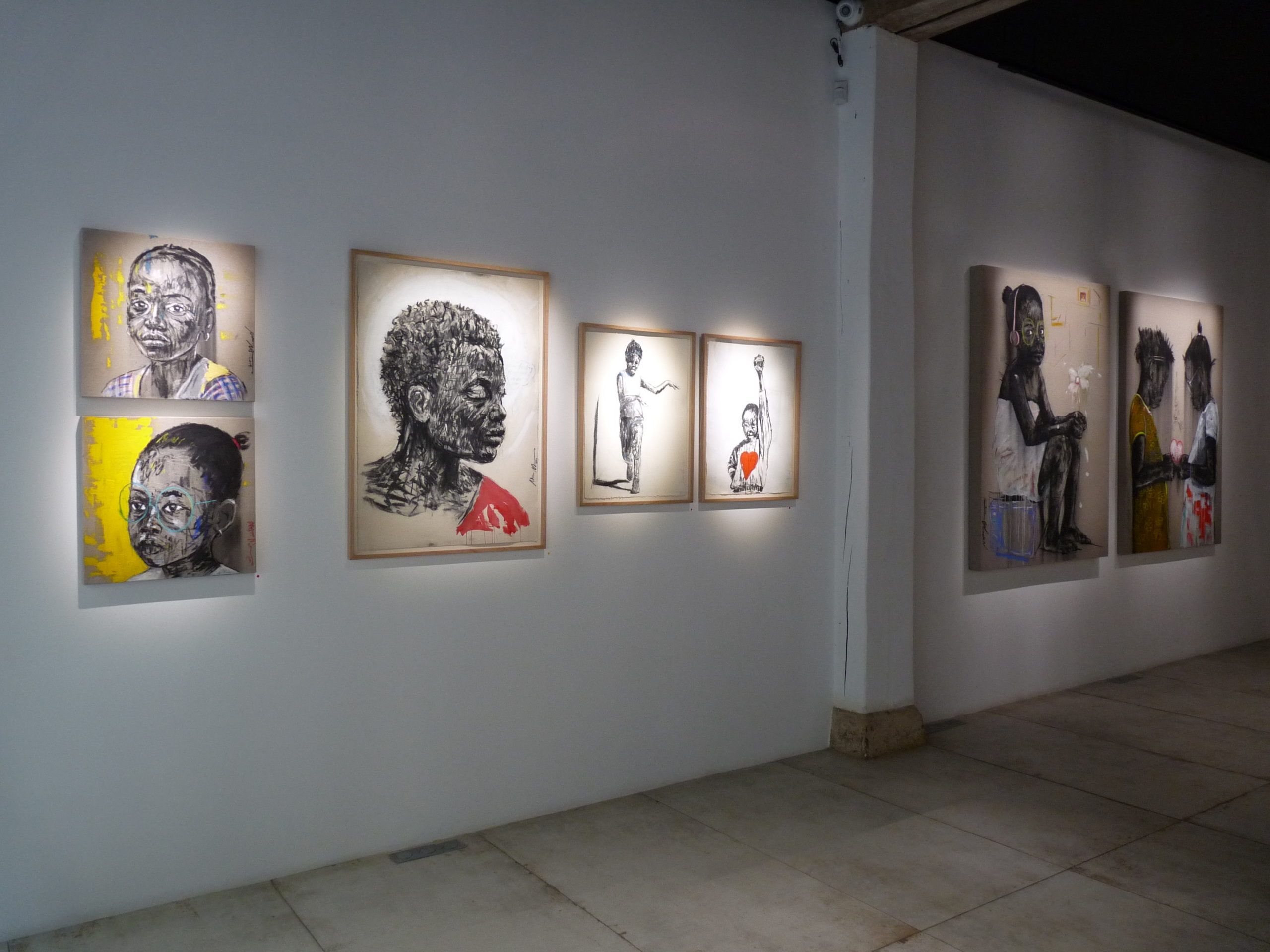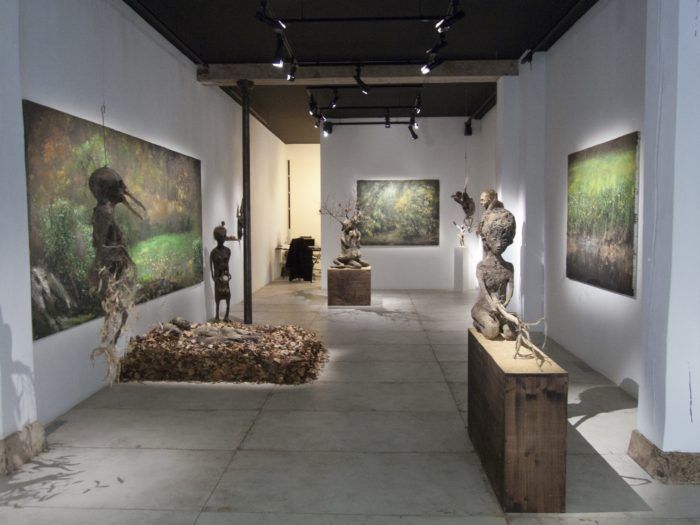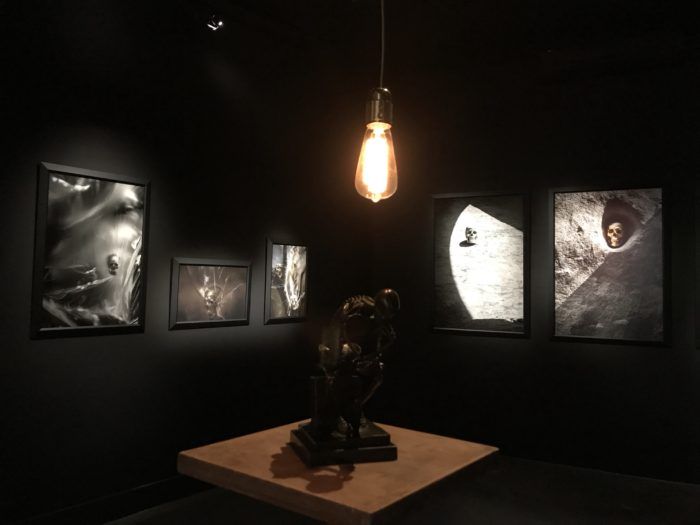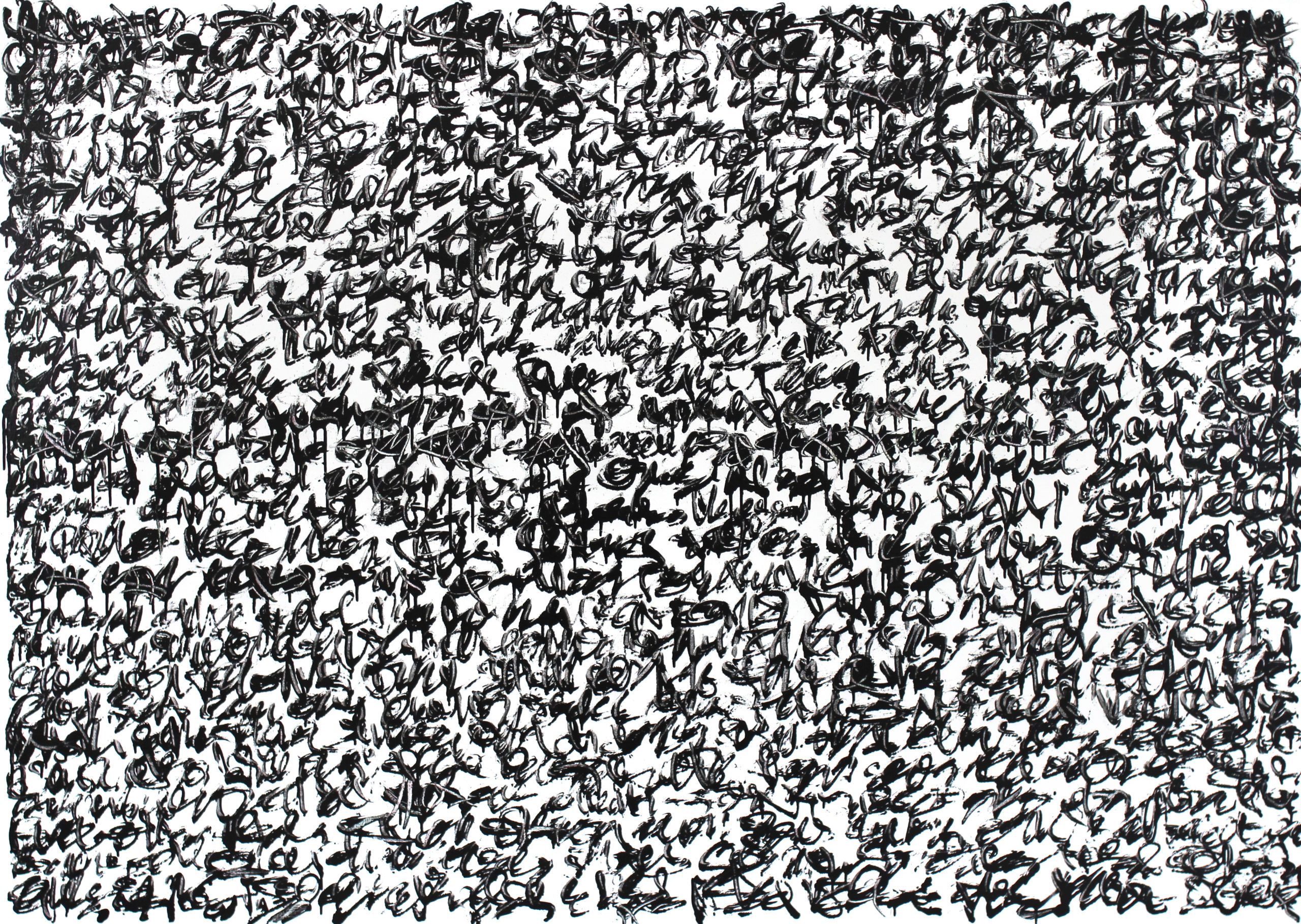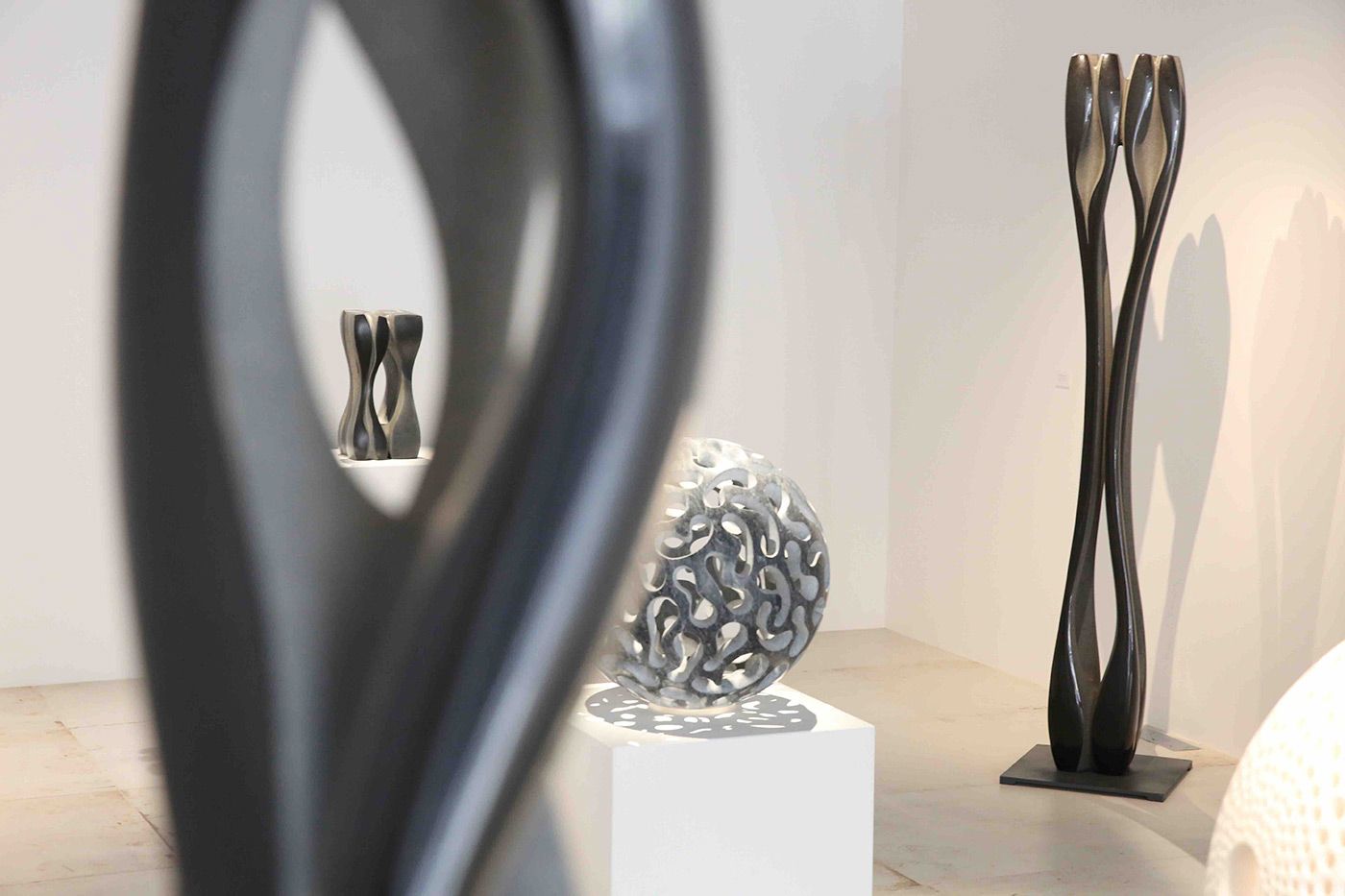TOUJOURS,JAMAIS!
Olivier de Sagazan
06.06.2025 – 26.07.2025
-

Exhibition’s view of “Toujours, jamais !” by Olivier de Sagazan | © Aurea Calcavecchia
-

Exhibition’s view of “Toujours, jamais !” by Olivier de Sagazan | © Aurea Calcavecchia
-

Exhibition’s view of “Toujours, jamais !” by Olivier de Sagazan | © Aurea Calcavecchia
-

Exhibition’s view of “Toujours, jamais !” by Olivier de Sagazan | © Aurea Calcavecchia
-

Exhibition’s view of “Toujours, jamais !” by Olivier de Sagazan | © Aurea Calcavecchia
-

Exhibition’s view of “Toujours, jamais !” by Olivier de Sagazan | © Aurea Calcavecchia
-

Exhibition’s view of “Toujours, jamais !” by Olivier de Sagazan | © Aurea Calcavecchia
THE PAINTER BRINGS HIS BODY
Olivier de Sagazan’s work is protean in nature – drawings, paintings, sculptures, performances – but it is first and foremost characterized by its strong unity: from the drawings to the latest performances, something insists and a singular feeling emerges, where fear and exaltation, retreat and adhesion mingle, as if it were touching an obscure force within us and forcing us to look it in the face. We’re at the opposite end of the spectrum from the calm aesthetic satisfaction we derive from a work of art that, resting wisely within itself, is only there to be contemplated. We are torn from our quiet immanence, projected towards an other than ourselves within ourselves, an anonymous power that is in reality more ourselves than we, who were simply preparing to look.
With Olivier de Sagazan’s works, looking is never just looking: it’s being stripped of oneself and projected towards what is seen by a force of which all the works are in some way a concentrate; it’s being enjoined to plunge below the gaze to reach this living stratum where the distinction between spectator and spectacle, gaze and work, is erased, this anonymous layer that shatters the difference between consciousnesses and places.
[…]
So where is the work? What does it consist of? Not in gesticulation (dance) itself; nor in the faces it deposits; it is neither of a dynamic nor a plastic order, but at the suture of the two, or rather beyond their difference: at the very place of shaping or taking shape, of Gestaltung. Performance represents the elusive point where gesture becomes face, where dance takes (in) form; it stages the motor line that underlies all form, and in so doing accomplishes phenomenological reduction. In other words, through the mediation of clay, straw and pigments, the performer makes his own work, gives himself a figure by dancing: he is both the author of the work and its result, the puppet and the puppeteer.
[…]
There is obviously a demiurgic dimension to Olivier de Sagazan’s work, as he is fascinated by life, by the emergence of life, if it has ever arisen. It is this emergence that haunts his work, particularly in Transfigurations. It’s always a question of giving life, of placing oneself on the border between the living and the inert, in order to coincide – in what is undoubtedly a desperate attempt – with one’s own birth. Hence his fascination with corpses, which, “in a gesture of kindness”, “give us an image of the movement that has just left them”. Hence, too, the fact that some of his sculptures are reminiscent of this, as are the tragi-comic figures who punctuate the Transfigurations with their gaze-less stares. That’s why Olivier de Sagazan humorously writes that, at best, he only produces walking corpses, and that he himself becomes a corpse when he goes underground. But let’s not be mistaken about this approach, which in reality is anything but mortifying. It’s not so much a question of regressing life to a place below itself as, on the contrary, of highlighting the presence of life within that which seems devoid of it, thus erasing in one fell swoop the supposed boundary between the inert and the living. […]
- Renaud Barbaras,
extract from Le peintre apporte son corps
Olivier de Sagazan’s monography


























































































































